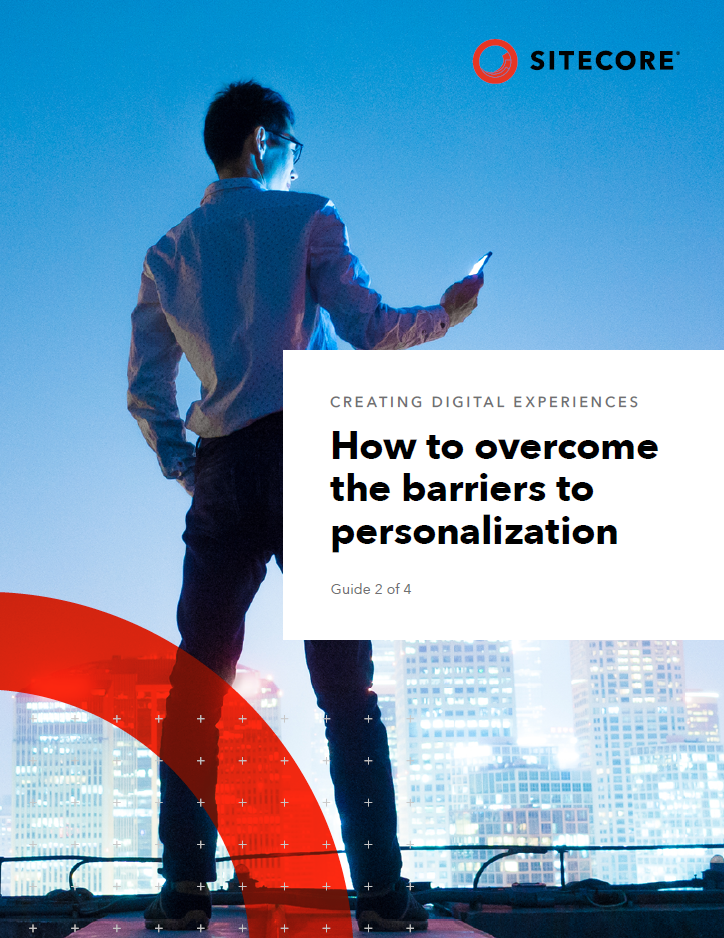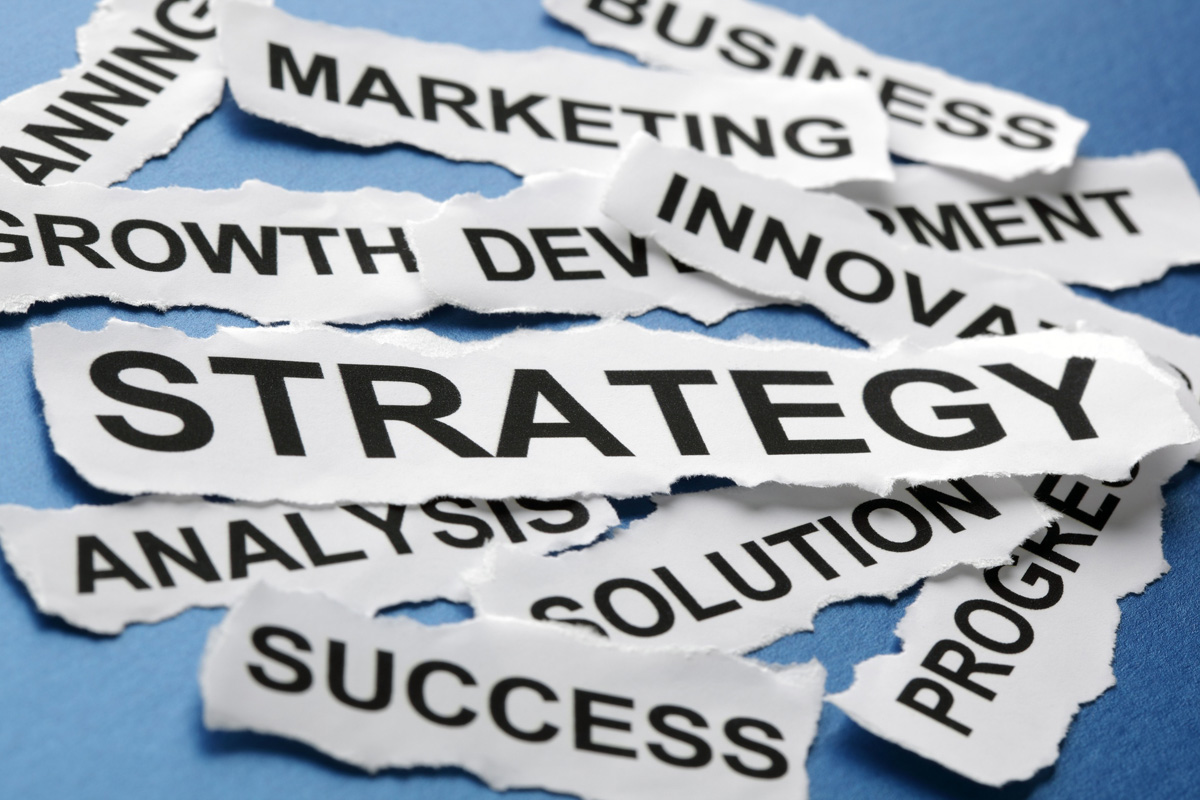Managing enterprise software is about managing a portfolio
In the latest of his Inside the Enterprise columns, Stephen Pritchard talks about portfolio management.

To meet their targets, professional investors create portfolios of shares. Within the portfolio, the fund manager picks shares with different performance characteristics, and manages each accordingly.
Much the same logic can be applied to business software. Some applications are critical and high performance, some more commoditised, and some lie somewhere in between.
Yet IT departments often run their applications, as if all are mission critical or core to the business. They assume that all applications have similar lifecycles. But just as the investor will hold some shares for short term gain and some for the long term, there are apps that need to run for decades - and those that run for just a few months.
This is an area that is being examined by the analysts at AMR Research, part of Gartner. According to AMR's Dennis Gaughan companies do tend to maintain the one size fits all approach to enterprise software, despite the fact that it adds to costs, increases complexity, and makes IT less responsive to change in the business. The answer is to manage different applications as different parts of a portfolio.
Analysts at AMR and Gartner have developed a straightforward - and workable - classification for enterprise software. This is based on the role of the app and its lifespan, as well as where it is most likely to run.
First there are "systems of record", transactional systems that control the business' financial functions. These could be accounting, sales, or enterprise resource planning (ERP). These systems usually run in house, and have a lifespan of decades.
Next there are "systems of differentiation", which go behond the core financials and help the business to stand out in the marketplace. This could be customer relationship management, salesforce optimation, parts of manufacturing or the supply chain or even marketing.
Sign up today and you will receive a free copy of our Future Focus 2025 report - the leading guidance on AI, cybersecurity and other IT challenges as per 700+ senior executives
In the UK, Tesco's Clubcard loyalty system is a good example. These apps can be run in the cloud, and usually operate for three to 10 years.
The third tier of apps, and perhaps the most loosely defined, are "systems of transformation". These apps set out to change the business, or a part of it, can have lifespans as short as months, and are very likely to be delivered by external providers, including via the cloud. They are usually funded from business budgets. A lot of web or social media projects would currently fit this category.
AMR's point, though, rests less on the classification of the apps than on the need to manage them differently. There are lots of IT departments that spend too much managing non-critical or short life applications, as well as a few, no doubt, that neglect their core systems.
Viewing applications as a portfolio - with each picked for its strengths and managed accordingly - helps IT to work more closely with the business, and saves money.
Running a portfolio does, of course, take time, as any investor will confirm. But the results, in IT as in shares, are similar. Get it right and you will outperform the market.
Stephen Pritchard is a contributing editor at IT PRO.
Comments? Questions? You can email him here.
-
 Google DeepMind CEO Demis Hassabis thinks this one area of the tech industry is probably in an AI bubble
Google DeepMind CEO Demis Hassabis thinks this one area of the tech industry is probably in an AI bubbleNews AI startups raising huge rounds fresh out the traps are a cause for concern, according to Hassabis
-
 Everything you need to know about Google and Apple’s emergency zero-day patches
Everything you need to know about Google and Apple’s emergency zero-day patchesNews A serious zero-day bug was spotted in Chrome systems that impacts Apple users too, forcing both companies to issue emergency patches
-
 Xerox snaps up Go Inspire to boost digital services business
Xerox snaps up Go Inspire to boost digital services businessNews The UK-based provider specialises in print and digital marketing and communication services
-
 How to overcome the barriers to personalisation
How to overcome the barriers to personalisationWhitepaper Leap over every obstacle and jump ahead of your competitors in the process
-
 Let’s stamp out snail mail in 2020
Let’s stamp out snail mail in 2020Opinion Why do so many businesses prefer the postbox to the inbox?
-
BT walloped with £70K ICO fine for 5 million spam emails
News Telecommunication provider found to be in breach of the Data Protection Act 1998
-
 Questions you still need to ask SAP about indirect access
Questions you still need to ask SAP about indirect accessAnalysis SAP believes it has solved customers' concerns around indirect access, but some unanswered questions remain
-
 AWS lets users run SAP apps directly on SUSE Linux
AWS lets users run SAP apps directly on SUSE LinuxNews Partnership brings SUSE's Enterprise Server for SAP into Amazon's cloud
-
 Do SAP's licensing changes signal a break with complexity?
Do SAP's licensing changes signal a break with complexity?Analysis Will SAP's new licensing model reassure customers or is it back to the drawing board?
-
 Pulse 2011: Service management to shine this year
Pulse 2011: Service management to shine this yearNews Service management, strategy and execution will soon have their time in the spotlight, according to IBM.